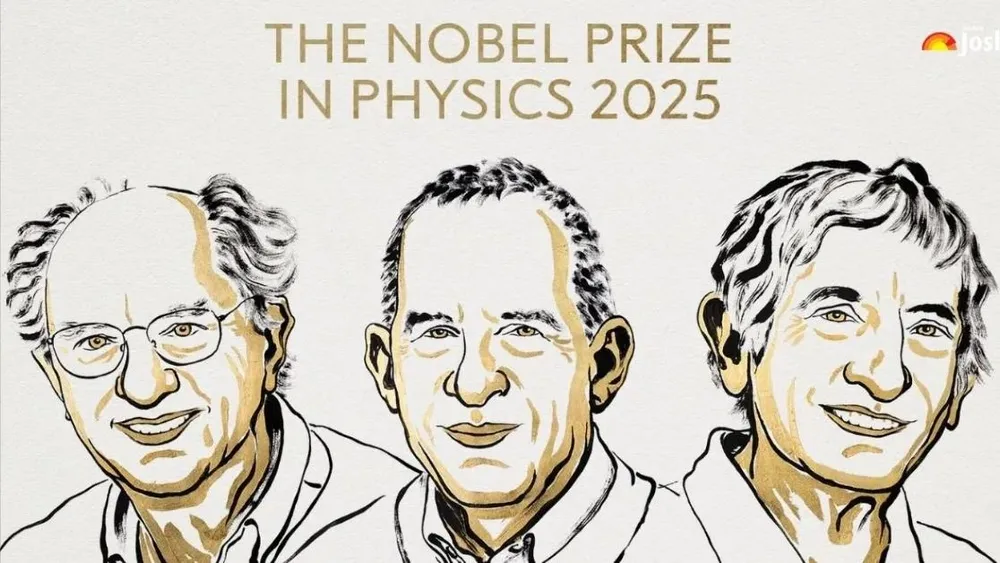
Professor John Clarke was born in 1942 in England and is currently an honorary professor at the University of California, Berkeley (USA).
He is considered the founder of the Josephson superconducting circuits in quantum measurement and technology. One of his typical works is the development and optimization of the SQUID quantum interference device - an extremely sensitive tool used to measure superweak magnetic fields, currently used in medicine, geophysics and materials research.
Professor John Clarke was also co-author of a series of groundbreaking papers published in Physical Review Letters in the 1980s, demonstrating macroscopic quantum tunneling in superconducting circuits.
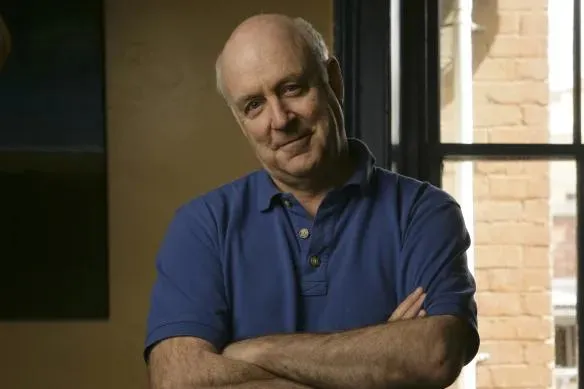
Professor Michel H. Devoret was born in 1953 in Paris, France, and is a professor of applied physics at Yale University.
He received his PhD in Physics from the University of Paris-Sud in 1982. He also did postdoctoral research in the John Clarke lab at the University of California, Berkeley. He is currently Professor Emeritus of Applied Physics at Yale University and Chief Scientist at Google Quantum AI, known for its pioneering work in the field of “quantum computing.”
He worked at CEA Saclay and is the founder of the Quantronics research group - a combination of “quantum” and “electronics”.
Professor Michel H. Devoret and his colleagues developed artificial quantum circuits (quantronium), demonstrating that superconducting circuits can function as “artificial atoms” with discrete, controllable energy levels. These works paved the way for the design of superconducting qubits – the core of today’s quantum computers.
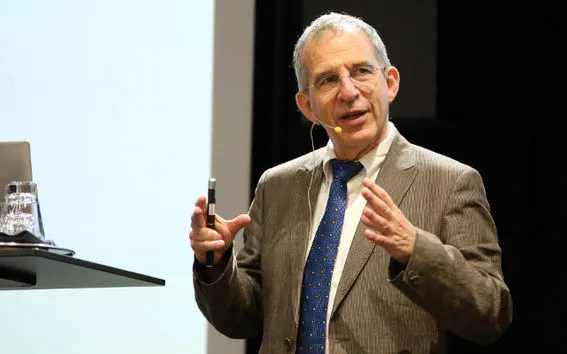
Professor John M. Martinis was born in 1958 in the US, is a student of Professor John Clarke and was the leader of the Google Quantum AI Lab group.
He received his BS in 1980 and PhD in Physics in 1987 from the University of California, Berkeley, with his doctoral research supervised by Professor John Clarke. He is a professor of physics at the University of California, Santa Barbara, where his research focuses on the use of Josephson junction qubits to build quantum computers.
Professor John M. Martinis was the first to perform experiments measuring quantum energy levels in a Josephson circuit, and later led the Google team to build the Sycamore processor, which in 2019 achieved “quantum supremacy” – completing a calculation faster than the world’s most powerful supercomputer. His work is considered a bridge between fundamental physics and practical quantum technology.
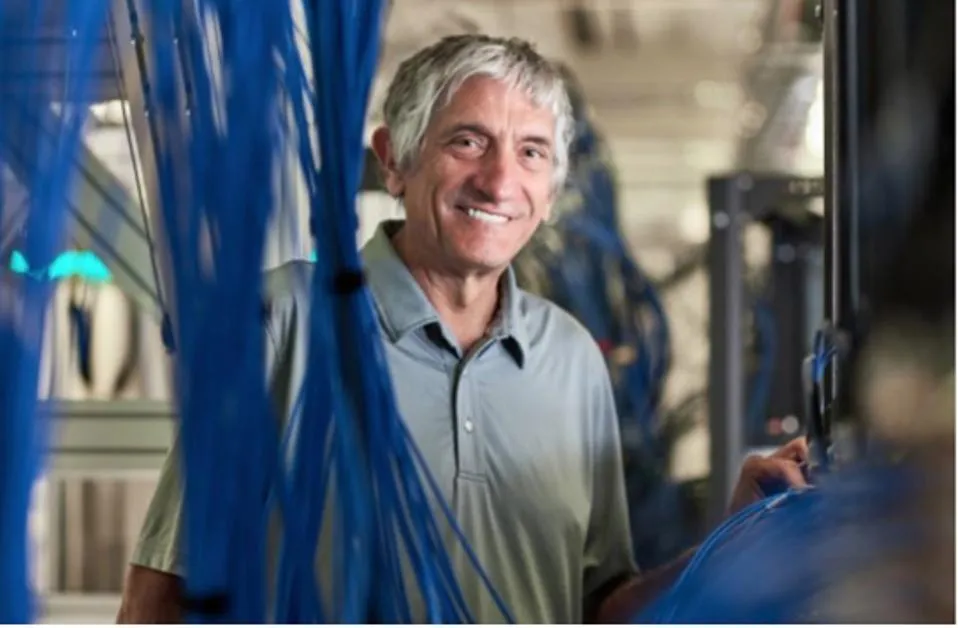
According to world media, the achievements of the three scientists not only confirm that quantum phenomena can be observed on a scale larger than atoms, but also lay the foundation for the future generation of quantum computers, sensors and ultra-precise measurement technology.
Source: https://www.sggp.org.vn/chan-dung-3-chu-nhan-giai-nobel-vat-ly-2025-post816814.html








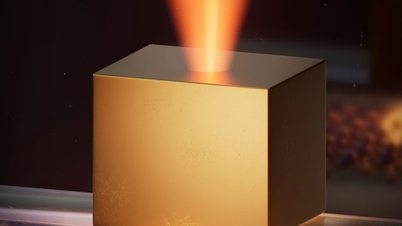

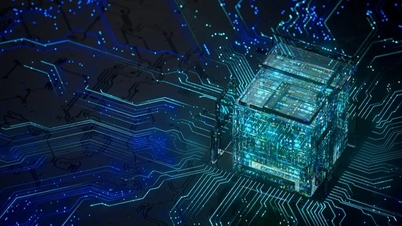







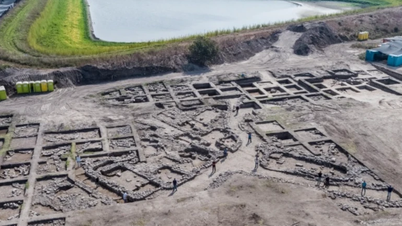

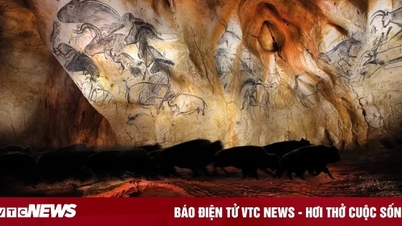

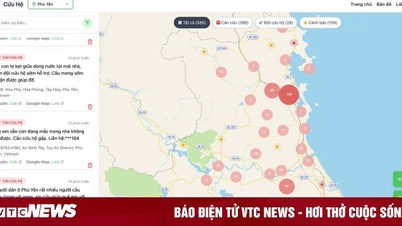
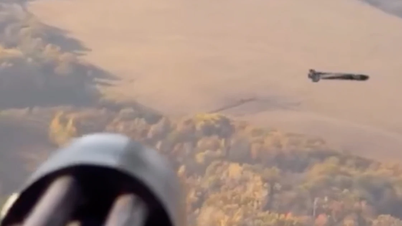
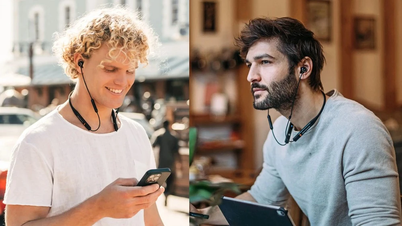
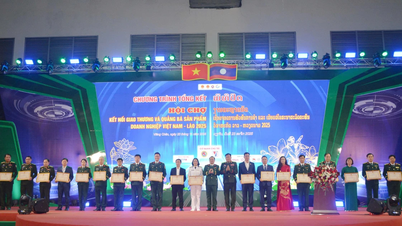



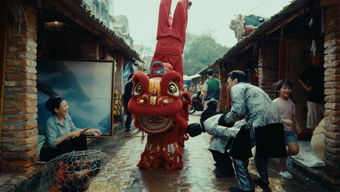


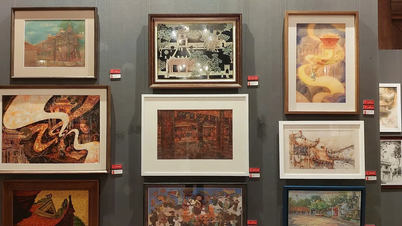
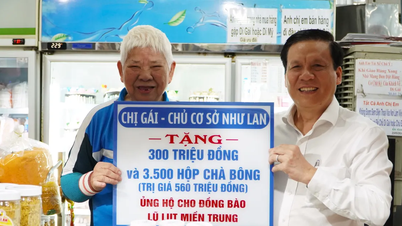
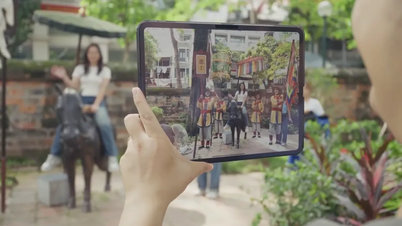


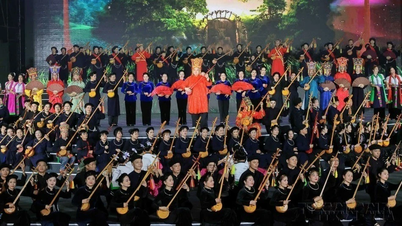

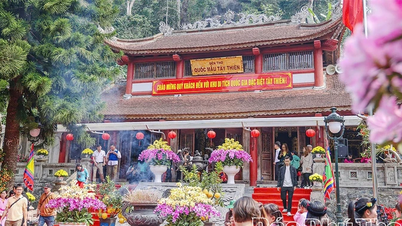

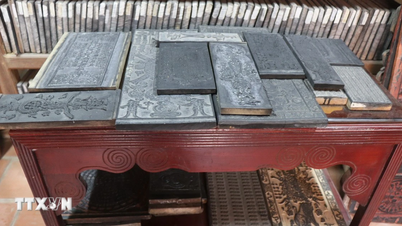

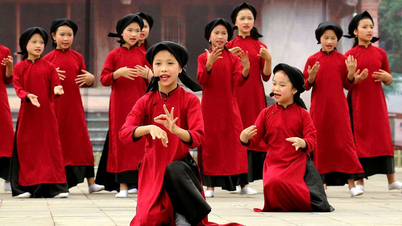

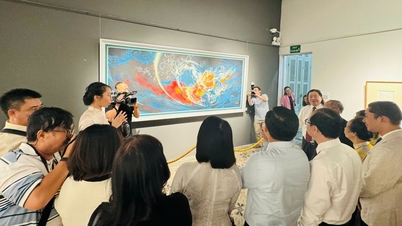

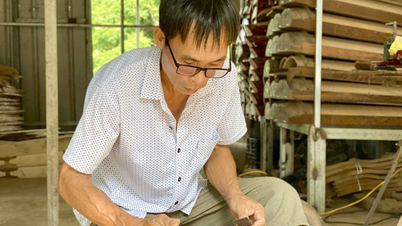
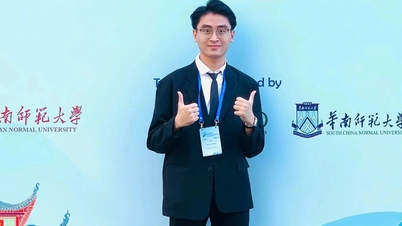
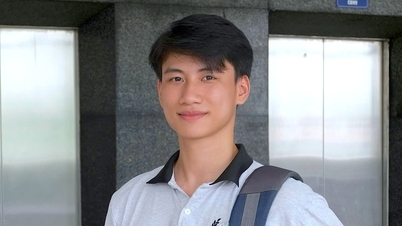

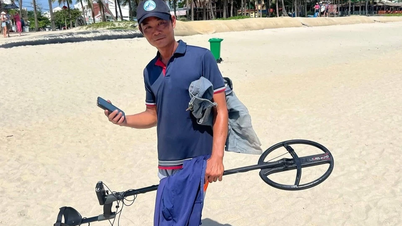

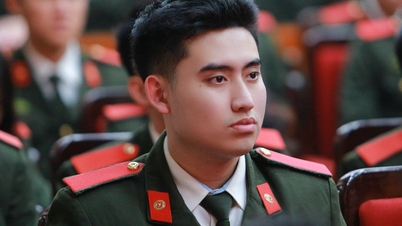
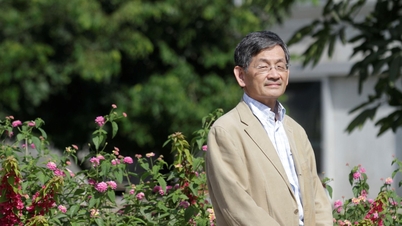
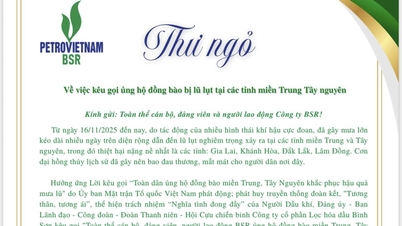

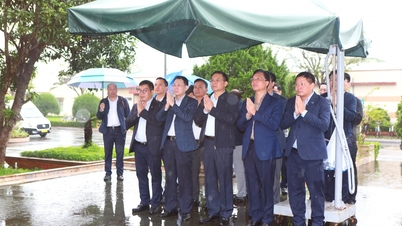
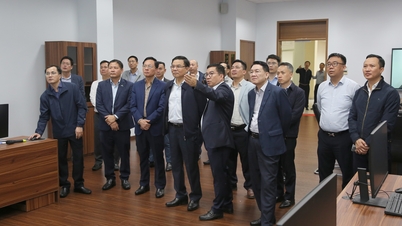
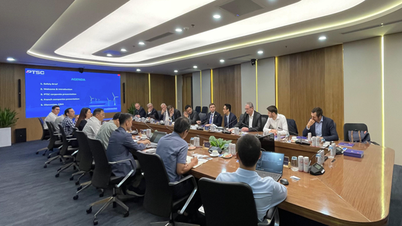
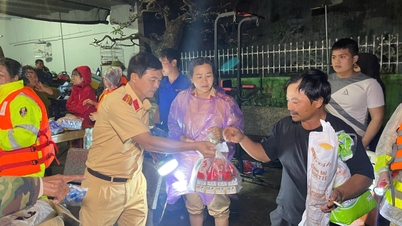





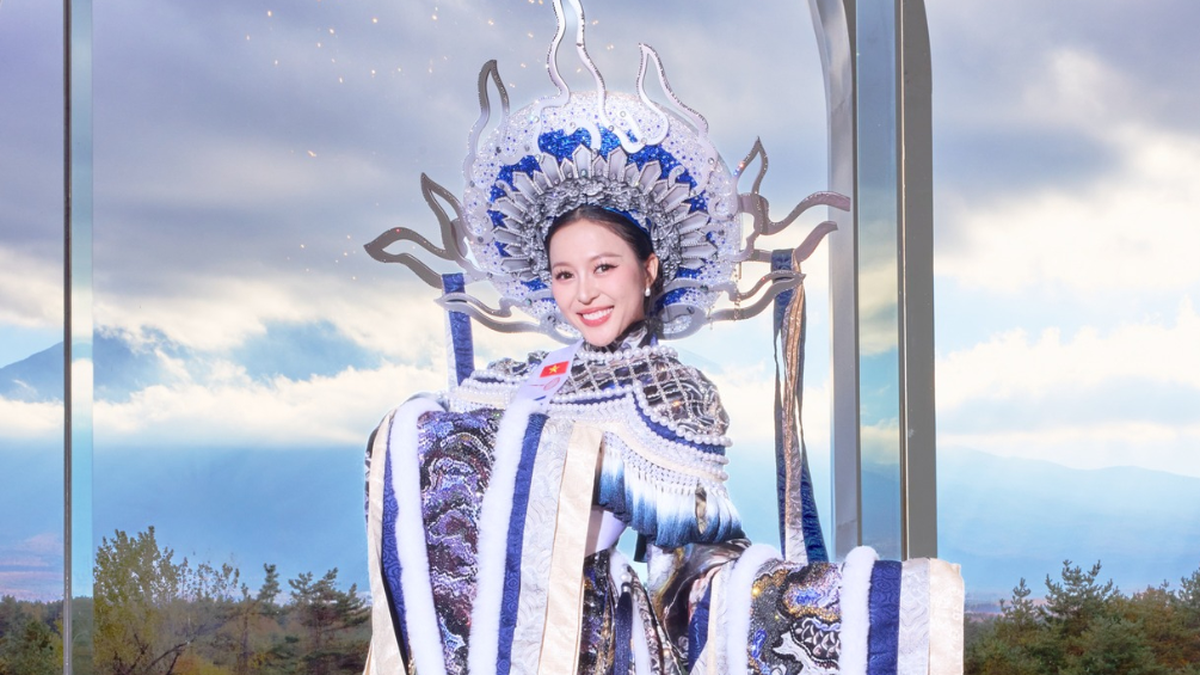
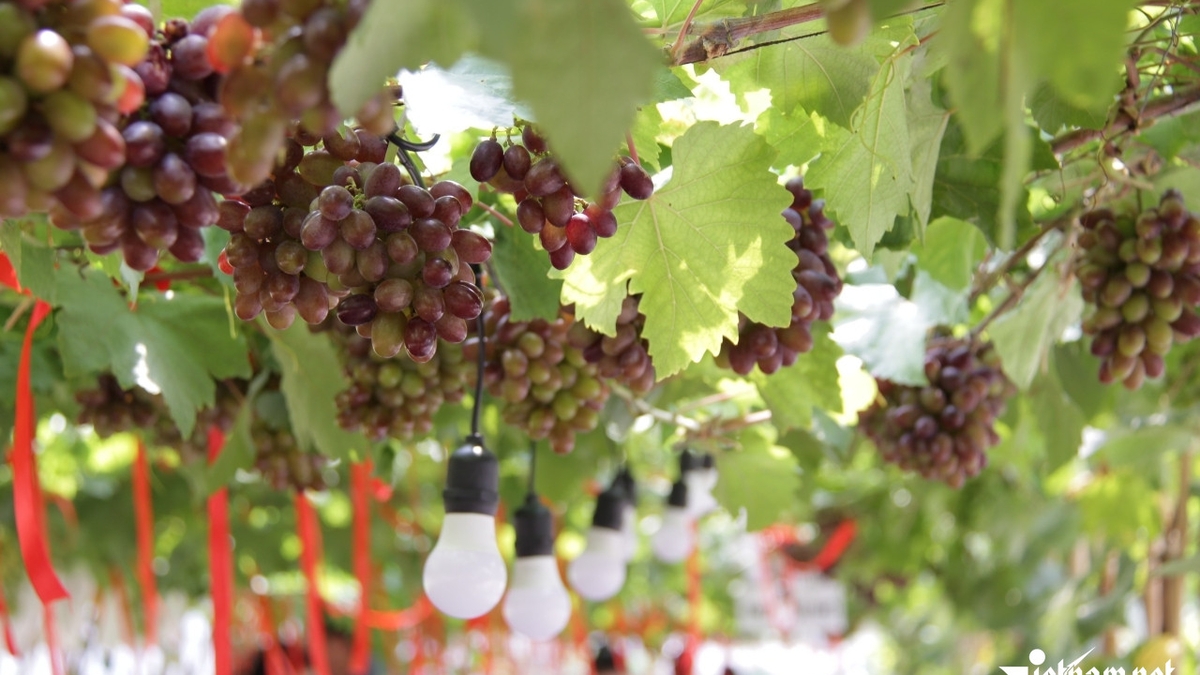



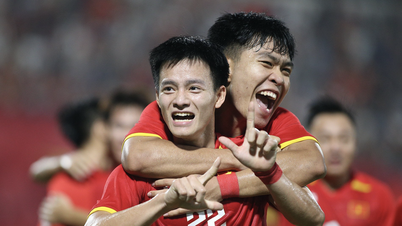

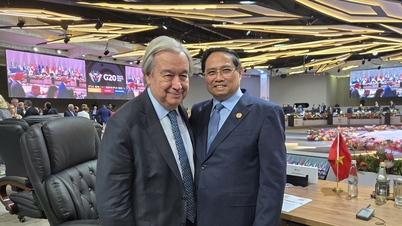
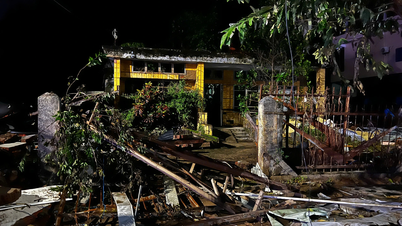
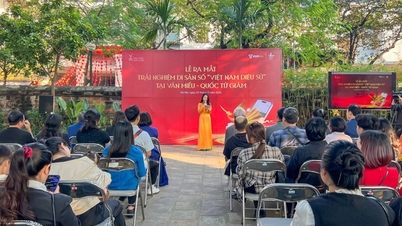

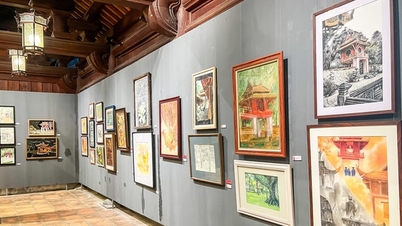
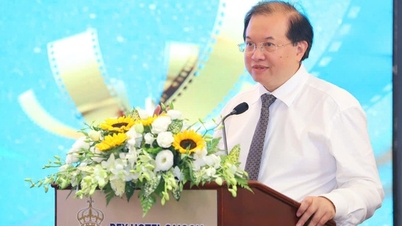
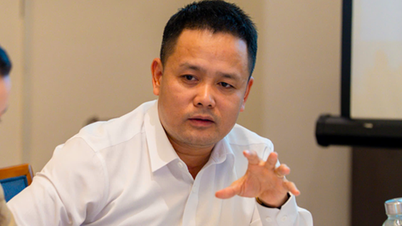
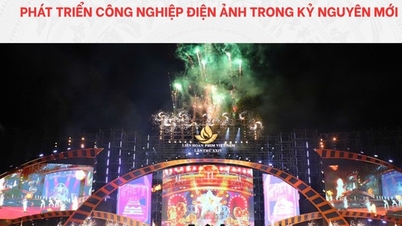
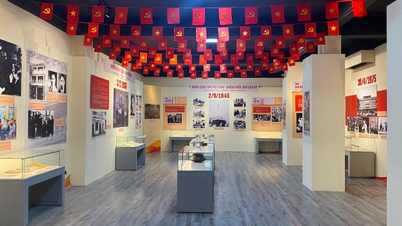

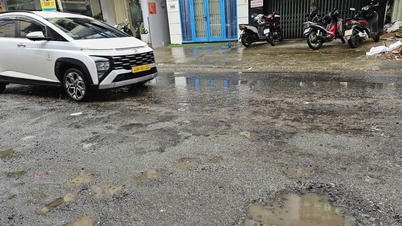

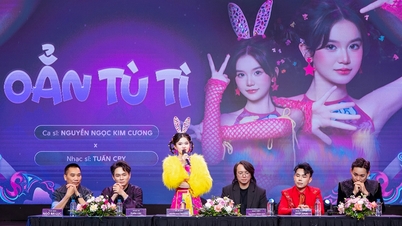



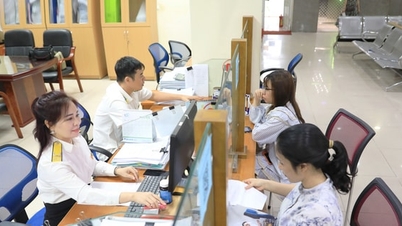

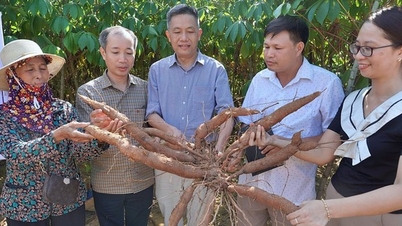


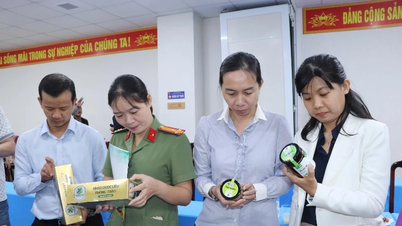

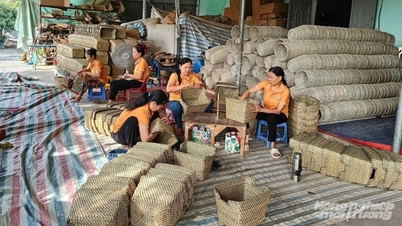

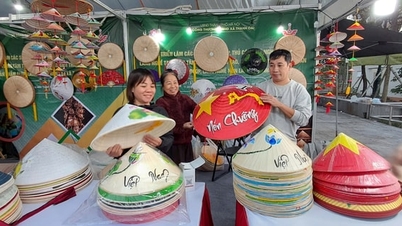
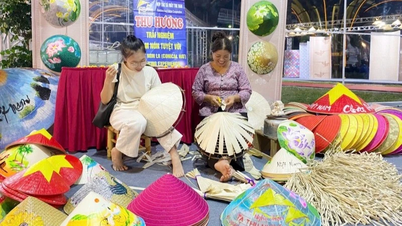





Comment (0)